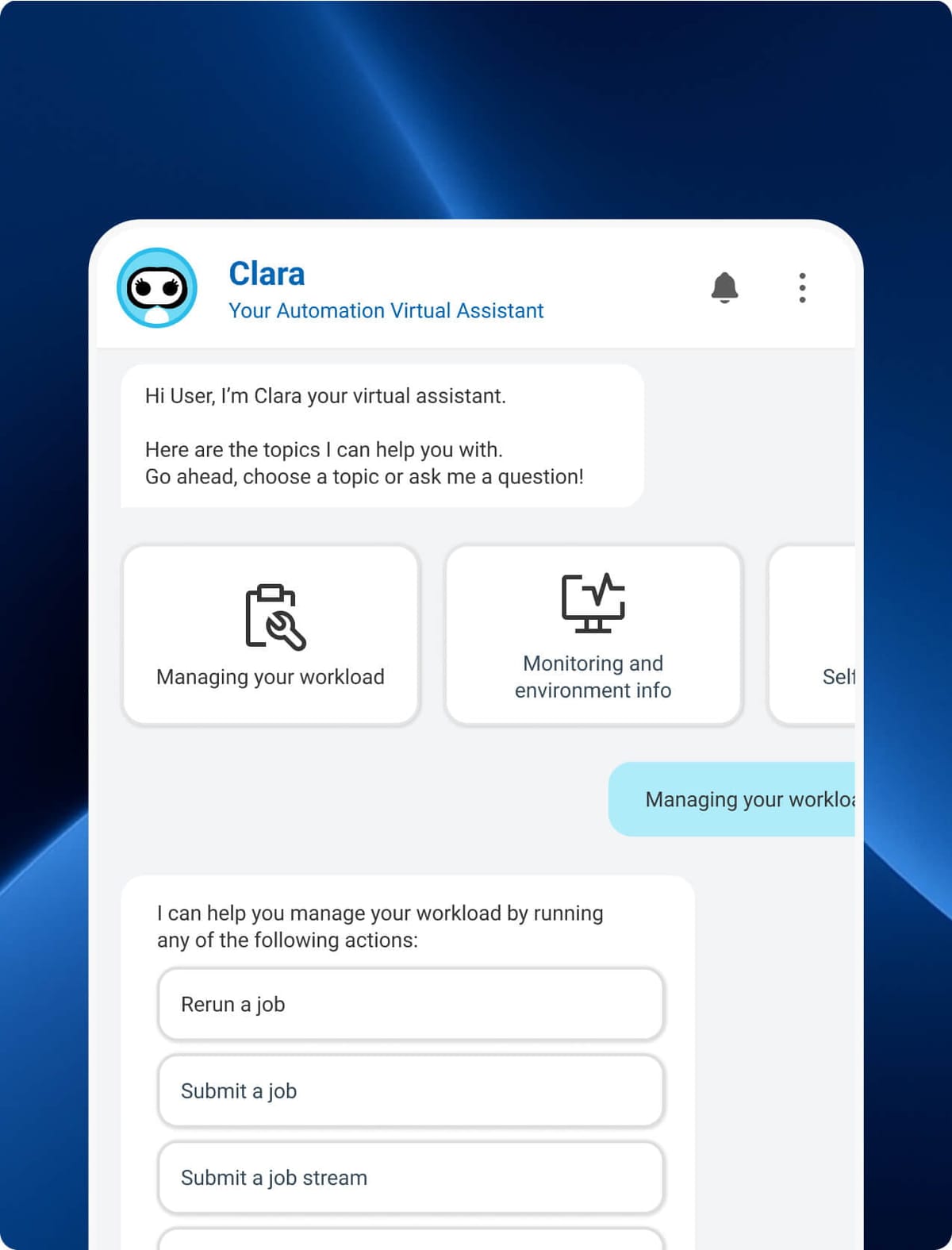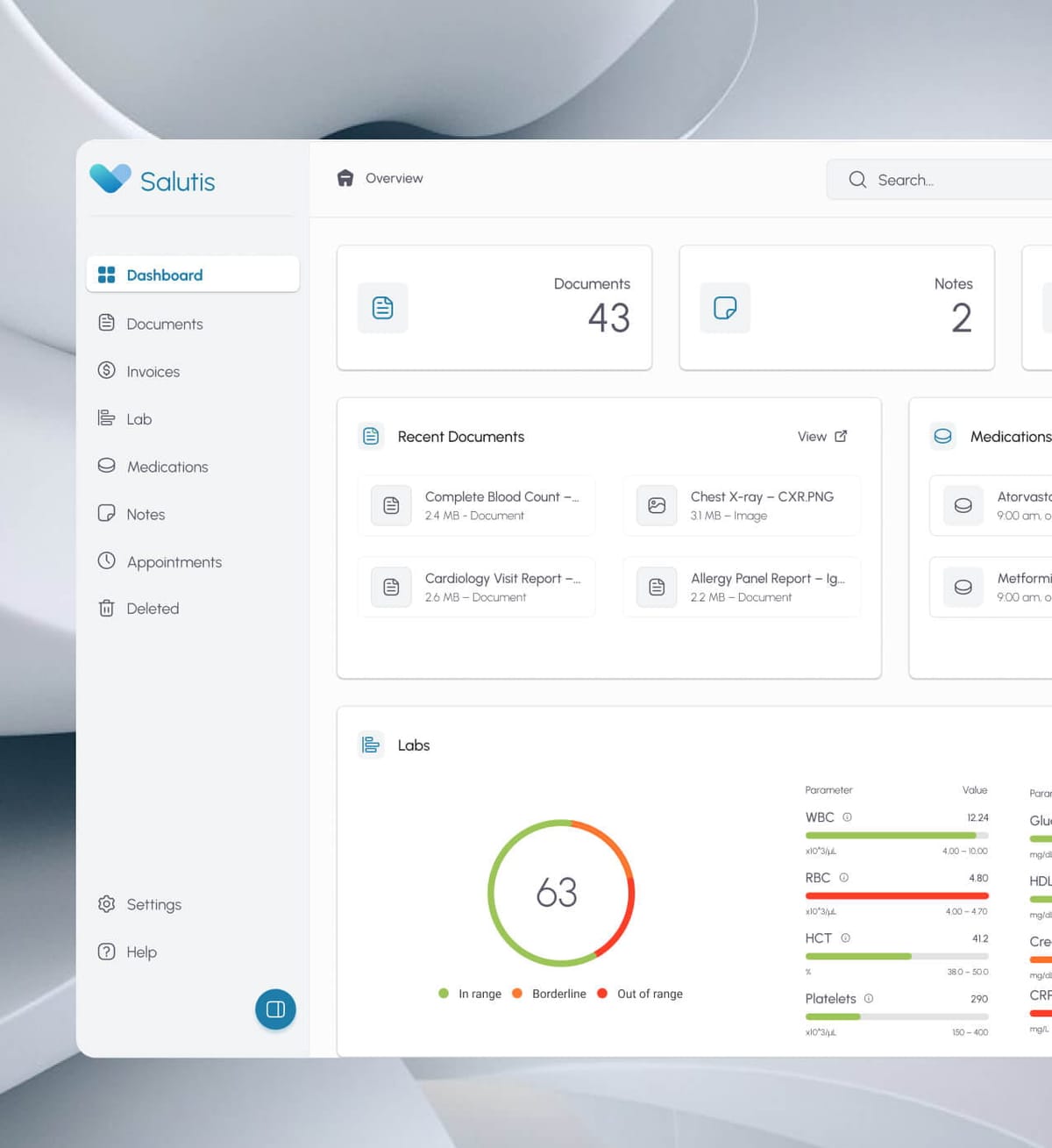
HCL Clara
AI Virtual Assistant Interface
Conversational experience enabling natural language interaction with HCL's automation software through intelligent chat interface

I led the design transformation of Universal Orchestrator. The project involved close collaboration with enterprise architects, product managers, and development teams across multiple time zones, requiring constant alignment between user needs and technical constraints.

Enterprise users struggled with HCL's legacy automation platform that forced them to work with tabular interfaces requiring manual syntax input, steep learning curves, and error-prone configuration. The system trapped users in spreadsheet-like interfaces where creating workflows meant writing complex syntax without visual feedback.
The transformation required moving to an intuitive drag-and-drop canvas where users could visually design and manage workflows. The key insight: automation is inherently visual – people think in "if this, then that" flows, not database tables.

The design process began with user research and stakeholder interviews to understand legacy system pain points. Through user journey mapping with enterprise architects and iterative workshops, I developed a visual language for complex automation concepts.
The breakthrough came when we shifted from "database operations" to "visual storytelling" – treating each automation as a narrative flow users could easily read and modify. Collaboration with development established a scalable design system that maintained integrity while accommodating future capabilities.



If you want to see more about this project please send me an inquiry
Strategic design solutions that solve real problems and deliver measurable results

AI Virtual Assistant Interface
Conversational experience enabling natural language interaction with HCL's automation software through intelligent chat interface

Personal Health Data Platform
Comprehensive health platform featuring local-first architecture, AI-powered insights, and complete user data ownership